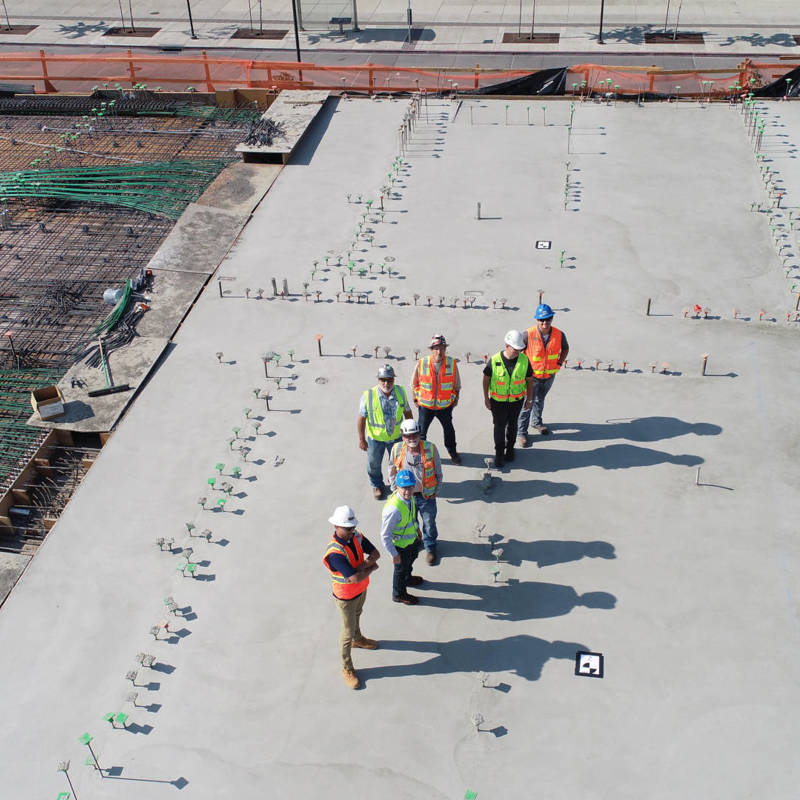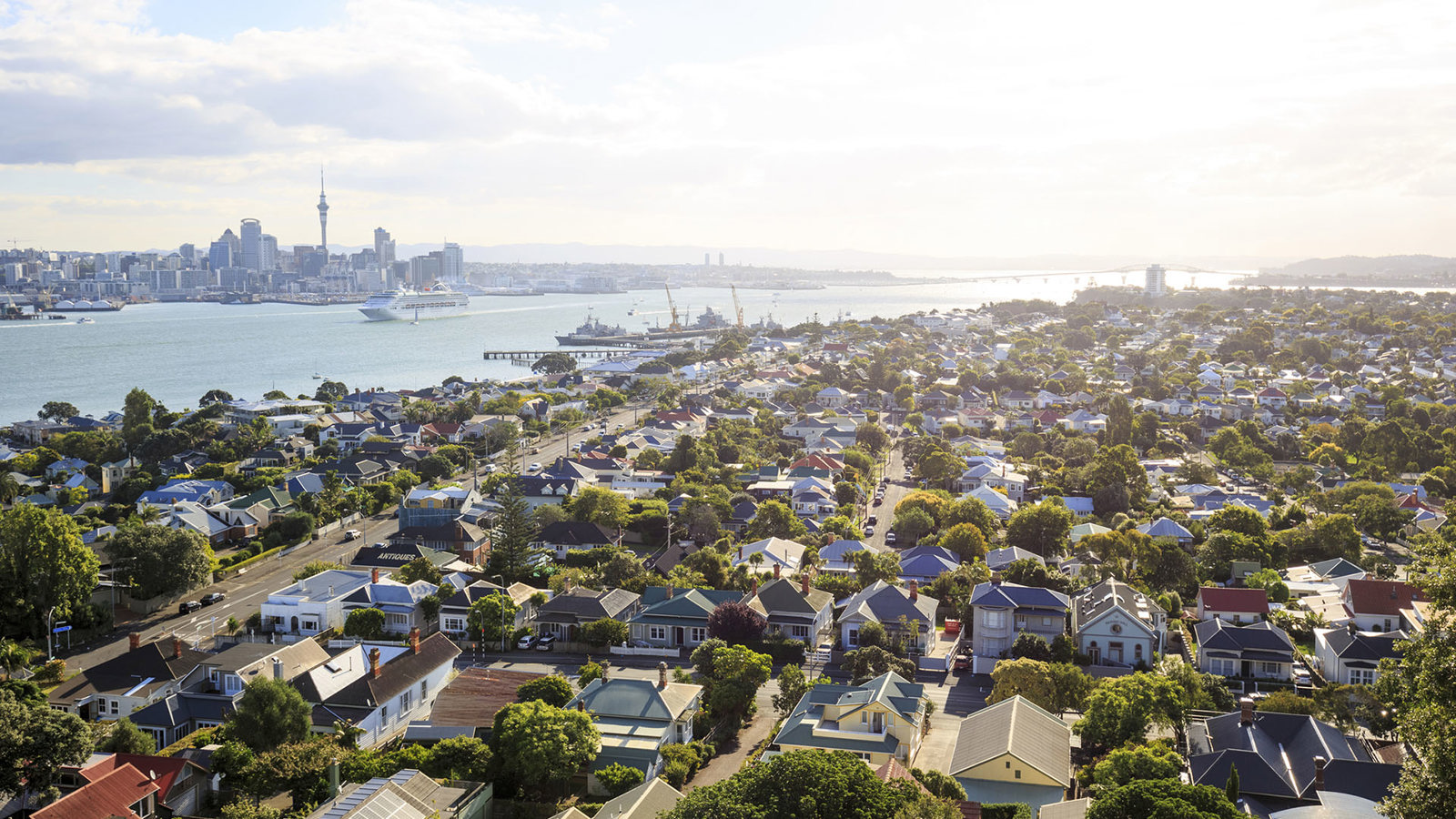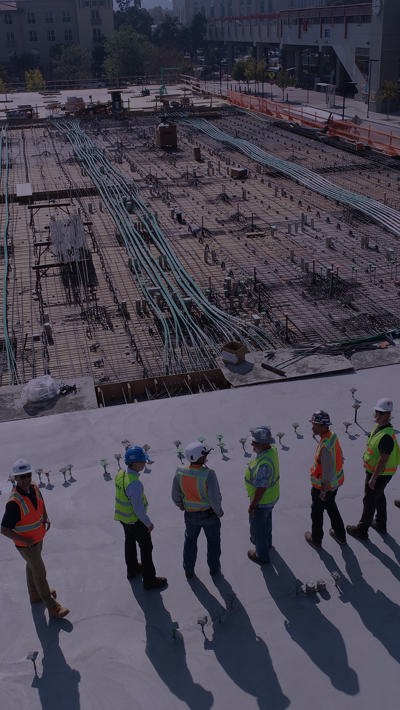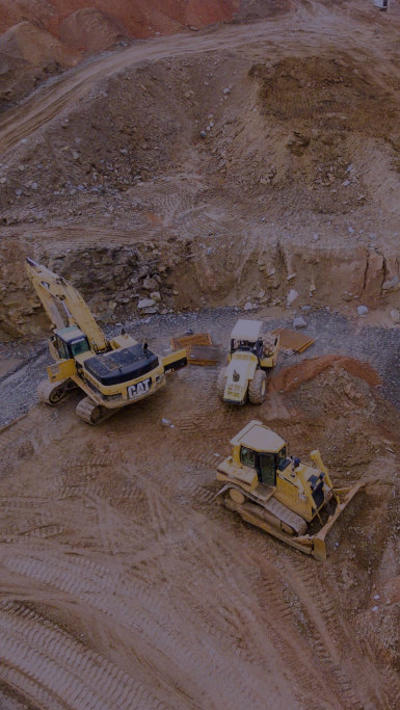Contents
Big Build is our quarterly publication tracking legislative and regulatory reform and other developments affecting the construction and infrastructure sector.
Some of the key highlights we touch on in this publication include the Climate Change Commission’s draft report as it would affect the construction sector, the latest National Construction Pipeline Report, MBIE’s view of the construction sector as conveyed in its Briefing to the Incoming Minister.
We also look at the Government’s housing package, the proposed approach to the reform of the RMA and the Infrastructure Commission’s concern that it may not go far enough, the “fresh start” for the Auckland light rail project, and Grant Robertson’s plans for Ports of Auckland.
Contents
Construction
Infrastructure
Climate Change Commission pathway for building sector
The Climate Change Commission’s draft advice to the Government sets out an emissions reduction pathway which will allow New Zealand to hit its 2050 zero carbon target at a cost of less than 1% of GDP and using already available technologies.
However, it will require a much higher carbon price and change across all sectors of the economy. The Commission’s plan assumes a 30% improvement in the energy intensity of commercial and public buildings by 2035, a 35% increase in new homes and a 6% increase in existing homes.
Specific proposals for inclusion in the first emissions reduction budget (2022 to 2025) are:
- continuing to improve the energy efficiency standards for all buildings, both new and existing stock – e.g. stronger insulation requirements
- introducing mandatory measures to improve the operational energy performance of non-residential buildings, and
- setting a date (no later than 2025 and earlier if possible) at which no new gas connections will be permitted and where all new or replacement heating systems must be electric or bioenergy.
The Government is not obliged to accept Commission recommendations and will be responsible for preparing emissions budgets.
More than 10,000 submissions were received by the 28 March deadline. The Commission will present its final advice to the Government on 31 May, and will publish this on its website on 28 June. The Government will release its response on 31 December.
To learn more, read the Commission's report and our overview.
Latest National Construction Pipeline
The Ministry of Business, Innovation and Employment (MBIE) National Construction Pipeline Report for 2020 has been released and provides a mixed picture of the year ahead.
Infrastructure activity is projected to continue trending upwards year-on-year to reach $10.1b by 2025 (up from $9.5b in 2019). But other projections have:
- the value of residential building falling from $23.7b in 2019 to $13.4b in 2023, reflecting the impact on the household sector of COVID-19, and
- non-residential construction dropping to $5.8b in 2022, from a peak of $23.7b in 2019, as visitor accommodation and office building projects are delayed due to the COVID-induced collapse of the tourism industry and the growing working from home culture.
Read the report here.

Down at mouth view of sector from MBIE
The new Minister for Building and Construction, Poto Williams, has received a sobering assessment of her portfolio in her Briefing to the Incoming Minister (BIM).
MBIE notes that although the sector is New Zealand’s fourth largest employer, accounting for just under 10% of the country’s workforce, its contribution to Gross Domestic Product is around 6%, reflecting a series of “historical challenges”, including low productivity, poor performance in health and safety, workforce capacity and capability constraints, inefficient processes and a low uptake of innovation.
It says that, despite a rise in project complexity and the risks associated with numerous new international products and design processes, the industry is still largely following the traditional commercial model and practice in delivering service, involving multiple layer subcontractors working on site.
It was also highly fragmented with only about 10% of enterprises employing more than five employees and was seen as having a “blokey and labouring” culture, contributing to bad health and safety outcomes and to mental health issues.
COVID-19 had added to these challenges, with the sector contracting by 25.8% over the June 2020 quarter (against a 12.2% contraction across the whole economy) and estimates that as many as 500 projects may have been affected.
To learn more, read the BIM for Building and Construction Minister.
Government housing package plays to mixed reviews
The Government’s long-promised housing package, delivered on 23 March, played to mixed reviews. Concerns are that it might push up rents and that it is unlikely to have much effect on housing or land supply.

Elements include:
- a $3.8b Housing Acceleration Fund to assist local government infrastructure development
- support for Kāinga Ora to borrow $2b to scale up land acquisition for housing
- higher income and house price caps for first home owners (although the increases go nowhere near offsetting house price inflation), and
- reducing investor demand by doubling the bright-line test to 10 years and removing interest rate deductibility (except for new builds) for new investors, phasing it out for existing investors.
Read the information sheet.
Public housing push for the North Island
All of the 8,000 public housing places to be built between 2021 and 2024 will be in the North Island – with a focus on Northland, Hamilton, Bay of Plenty, Gisborne, Napier, Hastings, Palmerston North and Whanganui.
The Government is also “reviewing market settings” to provide more help to first home buyers and “innovative ideas to increase the supply of affordable homes”.
To learn more, read the announcement.
Complex process planned for RMA reform
The Government has adopted the broad approach recommended by the Randerson Panel to replace the Resource Management Act (RMA) but anticipates departing from the Panel’s advice in some areas.
As signalled, three Acts will be developed:
- a National and Built Environments Act (NBEA) which Environment Minister David Parker sees as “the core piece of legislation replacing the RMA”
- a Strategic Planning Act (SPA) which will integrate functions sitting in the RMA, the Local Government Act, the Land Transport Management Act and the Climate Change Response Act, and
- a Climate Change Adaptation Act to address issues around the managed retreat from at risk locations and the financing of adaptation strategies.
A special structure will be used for the NBEA, incorporating an exposure draft which will be subject to a select committee inquiry and public input ahead of the Bill being introduced to the House and a specially appointed Ministerial Oversight Group (MOG) which will run a tandem deliberative and consultative process.
Read our commentary here.


Apprenticeship Boost boosted
The Government has extended the Apprenticeship Boost scheme by four months to August 2022.
Find out more about the announcement here.
Industry suicide prevention programme seeking government help
Workplace Relations and Safety Minister Michael Wood says he will get input from the Construction Sector Accord on a bid by Mates in Construction for annual funding from the Government or around $2m.
The programme originated in Australia and has been running free in New Zealand for the past year. Data from the Chief Coroner’s Office show there were 161 suicides within the industry between 2017 and 2020, an average of around 53 a year, the majority of them persons under 35. The incidence was higher among builders than the other trades and was highest in Canterbury followed by Waikato and the deep South.
Read the article here.
Mega transport package for Auckland
The Government and Auckland Council have committed to a $31b investment in Auckland’s transport infrastructure over the next decade – 2021 to 2031.
The package builds on the $28b allocated in 2018 and, although most of the expenditure will be on roading, has a climate change element, which is expected to reduce emissions by 13% per capita and to increase the number of public transport trips by a walloping 91%.
Read the statement here.

Robertson promises decisive action this year on Auckland
Infrastructure Minister Grant Robertson is promising “some pretty firm decisions” on light rail within the next few months “and then we’ll deal with the port in short order from there”.
He told the Herald that he’d still not heard anyone, including the Ports of Auckland Board, suggest that Auckland could run a deep sea port past the mid-2020s. However, he indicated that the Government had an open mind about the best future course, saying that it was “very important to take the people with us” and that the best way to achieve that was to openly assess all the options.
To learn more, view the article here.
Special public agency to be created to deliver Auckland light rail project?
Transport Minister Michael Wood has confirmed that the Government may create a special entity to oversee the delivery of the Auckland light rail project, saying “[W]e don’t necessarily have an agency right now that is kitted up and ready to go to deliver something of this complexity and scale”.
He referenced CRL, the company established to deliver the City Rail Link, as a good example of what might be possible, although said the Government wouldn’t necessarily replicate the same form as CRL.
Decisions on the project’s future are expected by April.
Read the article here.
Infrastructure Commission concerned RMA reform won’t go far enough
The Infrastructure Commission in its Briefing to Incoming Minister (BIM) Grant Robertson has expressed concern that the planned repeal and replacement of the Resource Management Act (RMA) won’t go far enough to deliver meaningful change.
It says that the solutions proposed by the Randerson Panel are still “fundamentally bedded in the conventional New Zealand planning paradigm” when there is a need to “truly reset our environmental planning regime”. Spatial planning, for example, would often have to cross territorial authority boundaries.
The Commission is also concerned that the reform could take a very long time and wants to discuss with the Minister the merits of a national planning instrument that would streamline consenting for nationally significant infrastructure.
The Commission Chair, Alan Bollard, reportedly made similar points even more strongly to a national economics forum in early March, noting that “almost none” of the shovel-ready projects had started despite the fast-track consenting process which had been created to get them off the ground.

This message of the Government doing not quite enough is something of a theme in the BIM. Other examples are:
- the Three Waters policy where the Government is relying upon financial incentives to persuade councils to integrate their water services on a regional basis. The Commission says a “more hands-on direction from central government” may be required as territorial authorities, even if they were willing to aggregate their resources, would face major difficulties in removing their water infrastructure assets and liabilities from their balance sheets, and
- the form, function and funding of local government had to be rethought if the required levels of infrastructure development, environmental improvement and community wellbeing were to be achieved.
The Commission acknowledges the strength of the Government’s infrastructure investment programme, describing it as “unprecedented” but says it will be challenging to deliver due to:
- capital constraints brought on by COVID-19
- project governance and delivery capacity constraints
- materials and supplies shortages
- skills and labour shortages, and
- a resource planning and consenting framework which is often slow to respond to changes in demand.
Reducing these obstacles will require a range of actions:
- managing demand for services (e.g. congestion charging), or using asset data to make more informed choices about asset renewals and replacements
- policy reform to unlock the delivery of major projects
- applying investment assurance on selected major projects to ensure that the right selection choices are being made
- monitoring for effective project governance, and
- new funding and financing tools for local government (e.g. value capture, user charges and targeted rates).
To learn more, read the Infrastructure Commission BIM and article.
Treasury explainer on shovel-ready projects initiative
The Treasury has released a document outlining the Ministerial instructions and expectations behind the shovel-ready projects initiative. The release was made in February. The document does not have a date but was produced when Shane Jones was in charge.
View the document.
We hope you find our insights within this publication useful. Please get in touch with one of our experts if you would like to discuss any topic in more detail. We offer market-leading expertise and a seamless service for all your project needs – from financing, planning and consent through to all stages and facets of the construction process.
Speak to our experts
 Hamish Bolland, Partner
Hamish Bolland, Partner
 Greg Wise, Partner
Greg Wise, Partner
 Fiona Bennett, Partner
Fiona Bennett, Partner


















































































